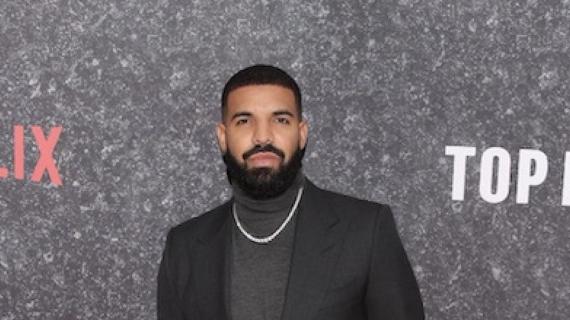I had an excellent boss at my first copywriting job.
Doug Goransson was my GCD at Cabot Advertising in Boston, which ultimately folded into Arnold Worldwide. Doug shared many indelible lessons about concept, copy and how to sell and produce better work—essentially, how to make a career out of creativity. One thing he would say repeatedly with tongue planted firmly in cheek: "There are only seven ideas in advertising." He'd say it whenever a creative team was presenting to him, but he never got into specifics.
In many ways, it was a challenge to break from the familiar constructs—to push ourselves to come up with something fresh, different, simple and surprising. In essence, he said it to keep us on our toes.
It's been pretty damn wonderful to see how many agencies and brands have remained on those toes over the past couple of decades. The creative community has been thrilled by and envious of convention-defying ideas that caused so many of us to exclaim, "Shit, I wish I had done that!" Such work includes everything from "Drivers Wanted," "Got Milk" "Smell Like a Man" and "Real Beauty" to "Taste the Rainbow," "Like a Girl" or anything by Oatly and Liquid Death. Kudos to everyone who broke the mold and helped us think bigger and better.
And then there's the rest of it. This is where creativity, for whatever reason, veers into all-too-familiar territory. This is where Doug may have been onto something when he declared there were only seven ideas in advertising. I am by no means an industry historian, but I have uncovered what I think may be those seven ideas. These are the fallback directions that are used more than most. None of these approaches are wrong, mind you. They've just become repetitious to the point of being indistinguishable.
The very good news? Even within these recycled constructs, there are terrific examples where creatives fashioned something fresh, unexpected and often brilliant. I have included some of those wonderful exceptions here as the examples to beat if you’re making the turn down Seven Idea Road.
Feel free to dispute this list, or perhaps even add to it.
The Anthem
Also known in more cynical parlance as the "blandthem," this is one of advertising's favorite catchalls. It's where you can stuff everything you want to say into a poignant manifesto, then surround it with inspiring footage and a perfectly appropriate music track.
A most excellent exception (and the one to beat):
Apple: Think Different (Chiat/Day)
The Celebrity 'Get'
Using a star with a great Q-score has become standard for many brands. And yes, sometimes it works, especially when those celebrities have a relevant connection to the product or are so oddly disconnected from it that you feel compelled to pay attention. But in so many cases, "Who can we get?" becomes more important than "What's the idea?"
A most excellent exception (and the one to beat):
Snickers: "You're Not You When You're Hungry" (BBDO)
The Talking ________
Lately, it seems anything and everything in the marketing universe has the ability to speak—including cats, dogs, geckos, living-room furniture, fungi and acid indigestion. While this tactic does create a convenient vehicle to shill a brand's reasons for being, it stopped feeling fresh several talking lizards ago.
A most excellent exception (and the one to beat):
E*Trade: "Baby" (Grey)
The Happy Dance
What started as a fresh and infectious TikTok trend has exploded to the point where advertisers have sucked anything fresh and infectious out of it. When in doubt, creatives resort to having consumers do the happy dance to show love for a product or brand.
A most excellent exception (and the one to beat):
Bud Light: "Hold" (Anomaly)
The Spokescharacter
On the surface, this construct seems like a layup: Create a memorable brand icon who provides instant recognition that you can deploy over and over again. That's great, unless so many marketers rely on spokescharacters that consumers lose sight of which people are spokes-ing for which brands.
A most excellent exception (and the one to beat):
Progressive: "Dr. Rick" (Arnold)
The Comparison
This tried-and-true trope has been a go-to for countless categories, including automotive, beer, food and beverage, insurance, banking, personal computers—you name it. Some have done it extremely well, while most have just plugged their brand and competition into a tired formula.
A most excellent exception (and the one to beat):
Liquid Death: "Pure Sugar" (Liquid Death)
The Flashback
Creatives have been relying on this convention more and more when the "problem" the brand is trying to solve isn't all that interesting. So, a funny flashback to a worst-case scenario becomes the focus instead. The downside of course is when the flashback itself isn't all that funny or interesting
A most excellent exception (and the one to beat):
Subaru: "Goat" (MullenLowe)
So, there you have it. The Seven Ideas of the Advertising World—creative stalwarts that will always be standing by should you choose to dust them off. But please, if you find yourself wading into these familiar waters, at least try to navigate them in a different way.
It still pays to be original, even when you're duplicating.












